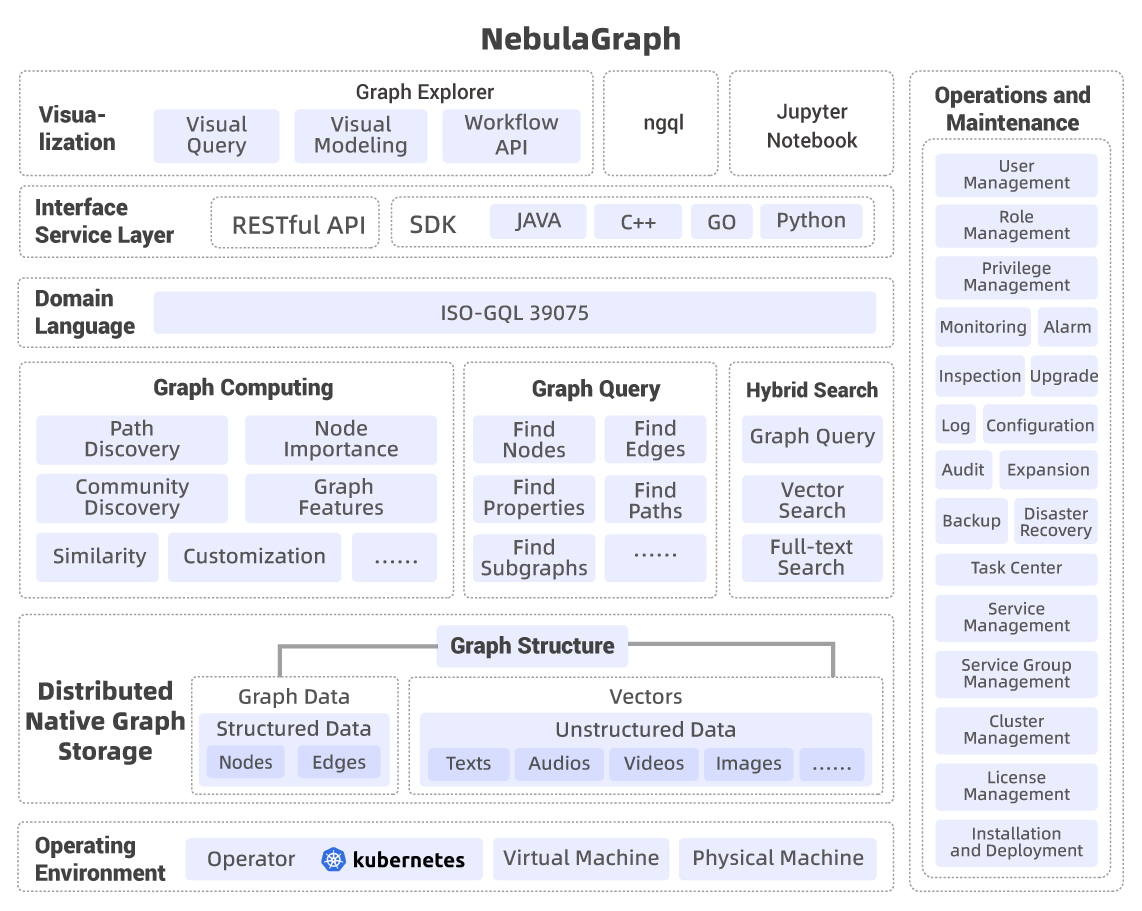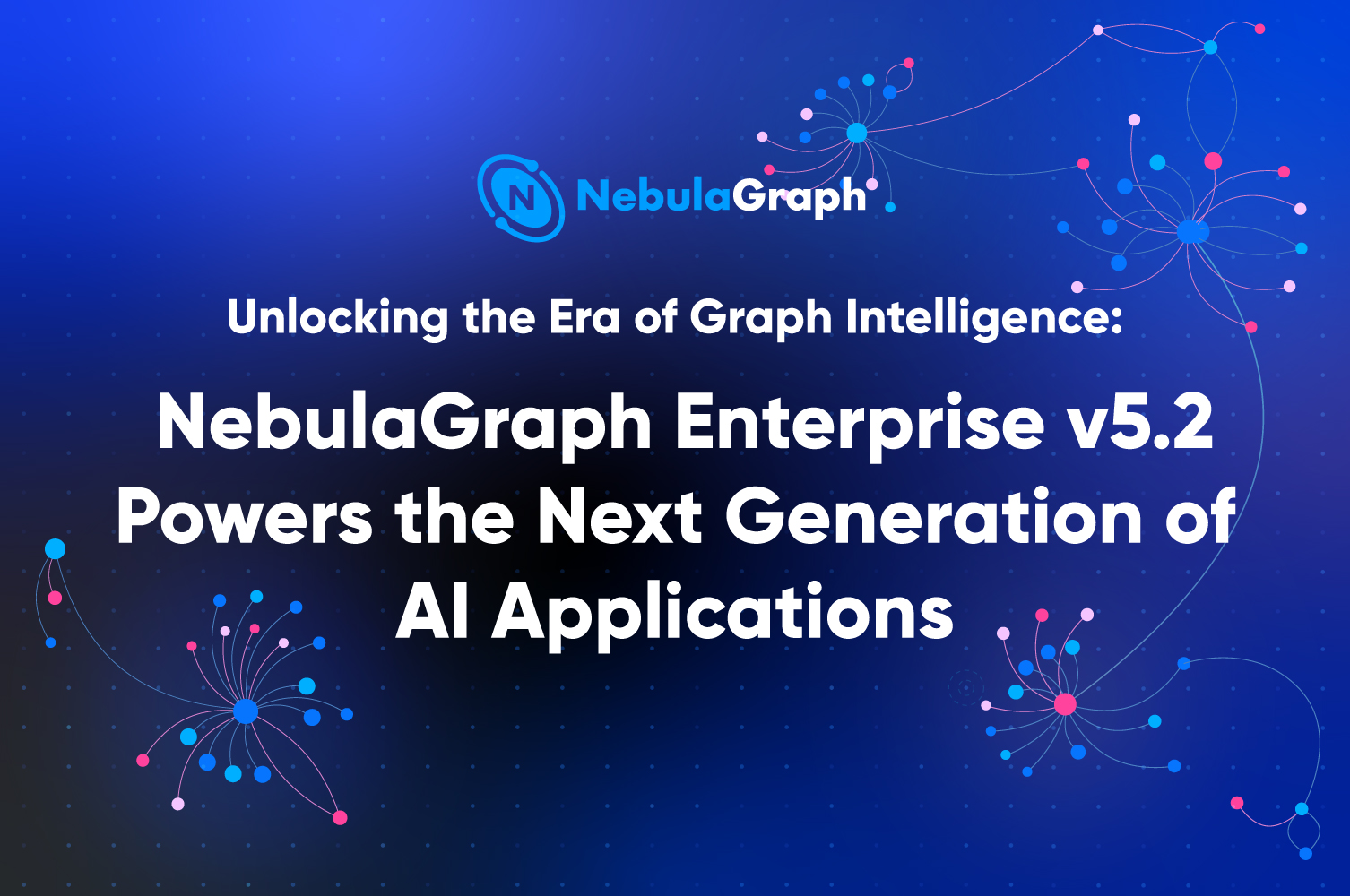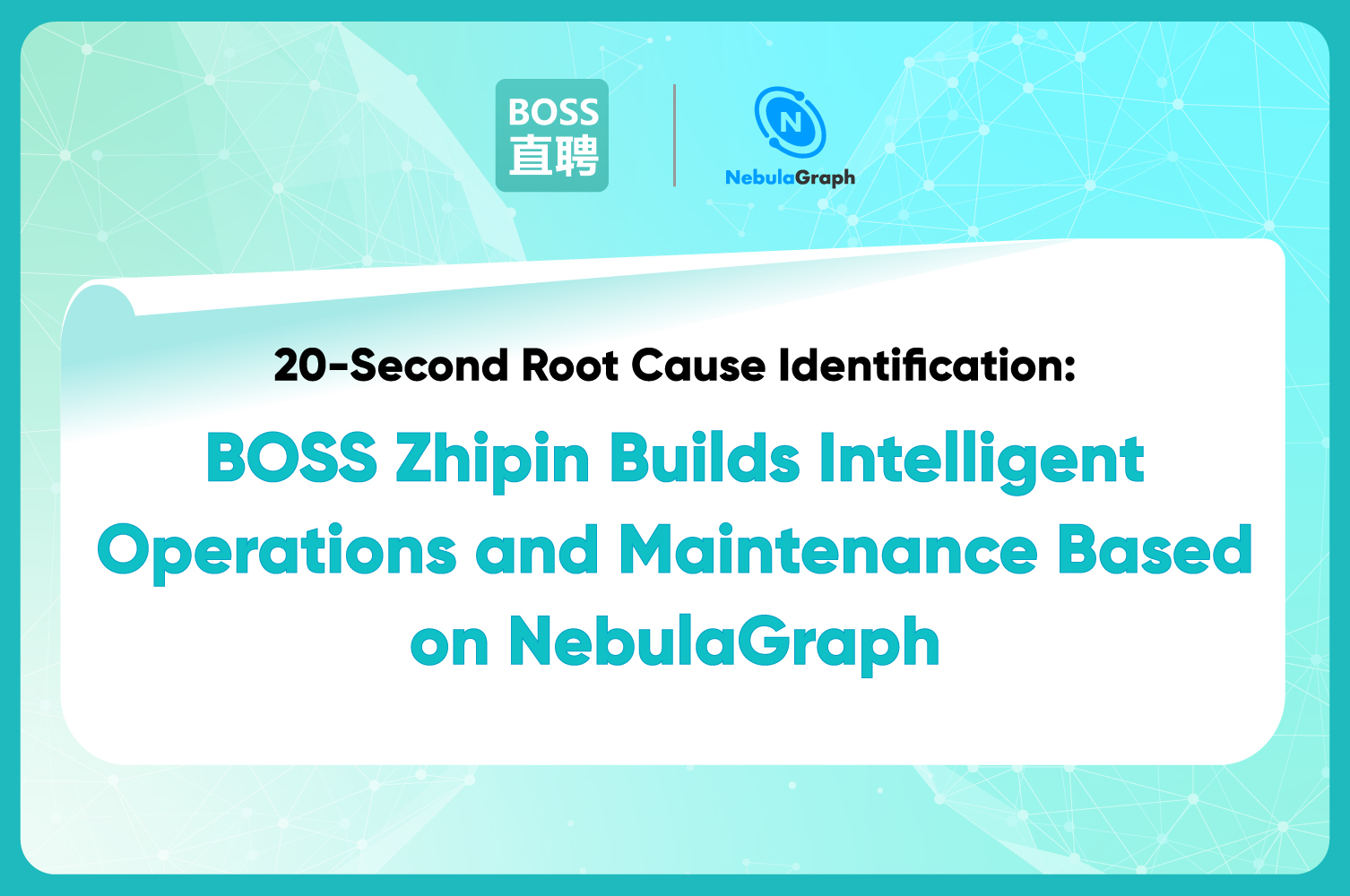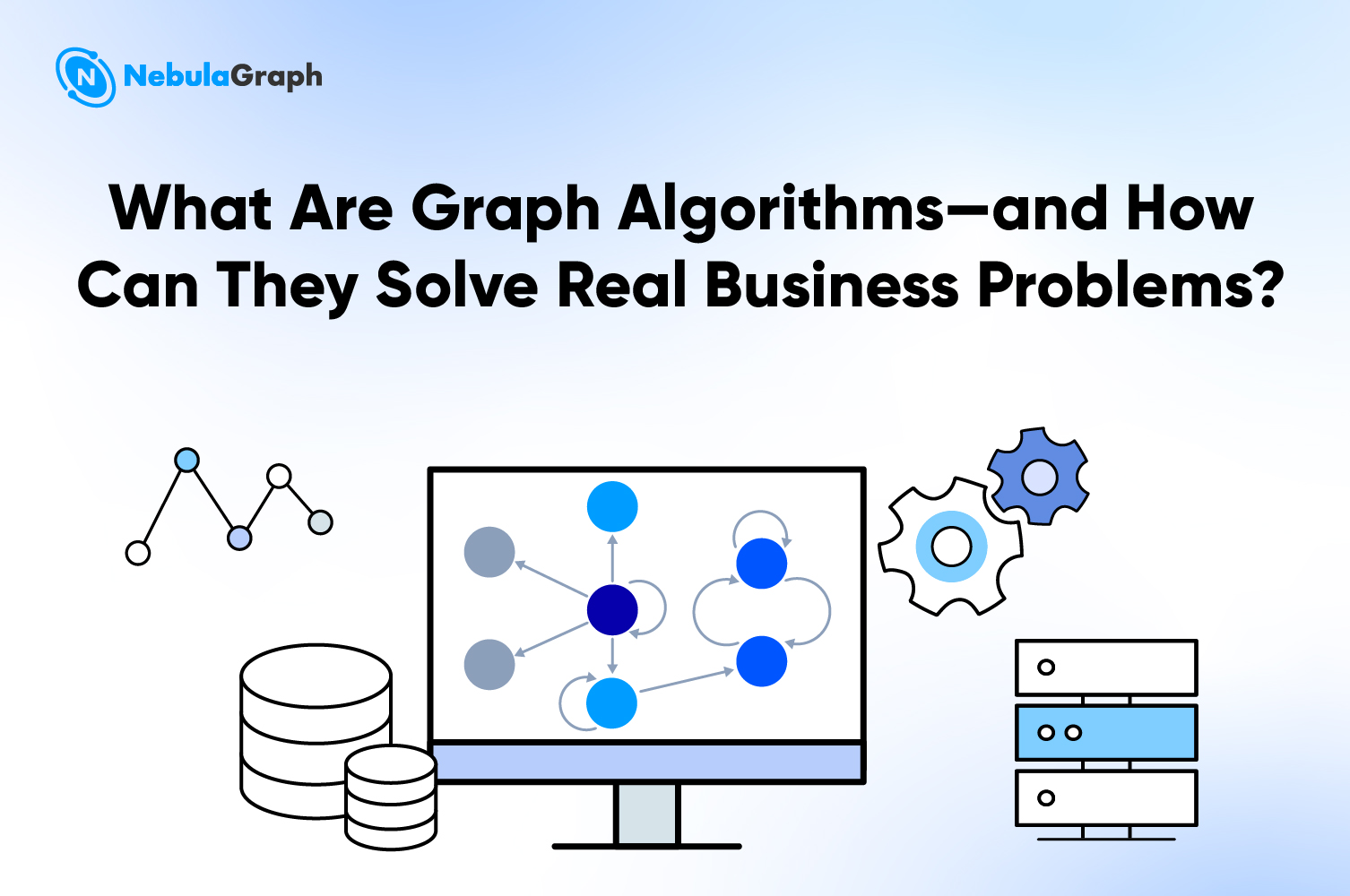Architecture
NebulaGraph Enterprise v5.1 Embeds Vector Search for AI-Grade Data Fusion
In the age of AI, competitive advantage hinges on how deeply organizations can understand their data. With the release of NebulaGraph Enterprise v5.1, we're introducing native vector processing capabilities that address a critical demand in today’s AI and large language model development: hybrid queries combining graph structures and vector semantics.
This enhancement significantly expands NebulaGraph Enterprise’s ability to handle unstructured data such as text, audio, and video—unlocking richer insights across domains like financial risk control and knowledge graph construction. The result is a more agile and intelligent way for enterprises to extract value from their data, backed by enterprise-grade reliability through distributed architecture improvements and cross-region disaster recovery.
Native Vector Support Uncovers Hidden Connections
In AI-driven applications, the gap between structured relationships and unstructured semantics often limits the depth of insight. With native vector support, NebulaGraph Enterprise v5.1 bridges this divide by integrating vector search into the graph model.
Vectors are essentially becoming part of a node’s “attribute DNA.” This allows users to perform relationship traversal and vector similarity searches within the same query. For example, entity relationships in an equity ownership chain can be analyzed alongside semantic intent extracted from contract texts, while sensor networks in industrial equipment graphs can be automatically linked to anomaly patterns in log messages. This unified approach opens up entirely new dimensions for data exploration and interpretation.
 NebulaGraph Enterprise v5.1 Architecture
NebulaGraph Enterprise v5.1 Architecture
Up to 5.5x Performance Boost
On the performance front, NebulaGraph Enterprise v5.1 delivers major advancements. Benchmarks based on the LDBC SF100 dataset show a 550% increase in query throughput compared to the previous generation. Complex deep-link queries see dramatic improvements—for instance, a 10-hop equity penetration query now runs in just 1.5 seconds, down from 8.2 seconds. This effectively creates direct paths through intricate relationship networks, enabling faster, more responsive decision-making.
Additionally, full backup efficiency for ultra-large-scale graphs has been drastically improved. A trillion-node dataset that previously required 72 hours can now be backed up in just 9 hours—greatly enhancing business continuity and operational resilience.
Enterprise-Grade Resilience and Security
To meet the stringent availability requirements of industries like finance and government, NebulaGraph Enterprise v5.1 introduces a robust disaster recovery and security framework.
The new cross-Zone active-active architecture leverages a multi-site, three-center design along with Raft consensus to ensure seamless traffic failover and zero data loss in case of local outages. For long-distance disaster recovery, manual switching and zone-aware scheduling minimize network latency and resource consumption—ensuring rapid service restoration even under extreme conditions.
On the security front, v5.1 offers end-to-end protection across access control, data transmission, and storage. Fine-grained permission management follows the principle of least privilege, allowing administrators to restrict access to specific subgraphs or attributes. Full TLS/mTLS encryption ensures secure data-in-transit, safeguarding sensitive information at every stage.
Future-Ready Intelligence Infrastructure
With NebulaGraph Enterprise v5.1, the fusion of graph and vector technologies reaches a new level of maturity. By uniting structured relationships with unstructured semantics, and combining it with breakthroughs in performance, security, and enterprise readiness, we’re empowering businesses across finance, manufacturing, healthcare, and beyond to build smarter, more responsive data infrastructures.
Ready to explore what the future of data intelligence looks like? Contact us to unlock the power of integrated graph and vector analytics.


